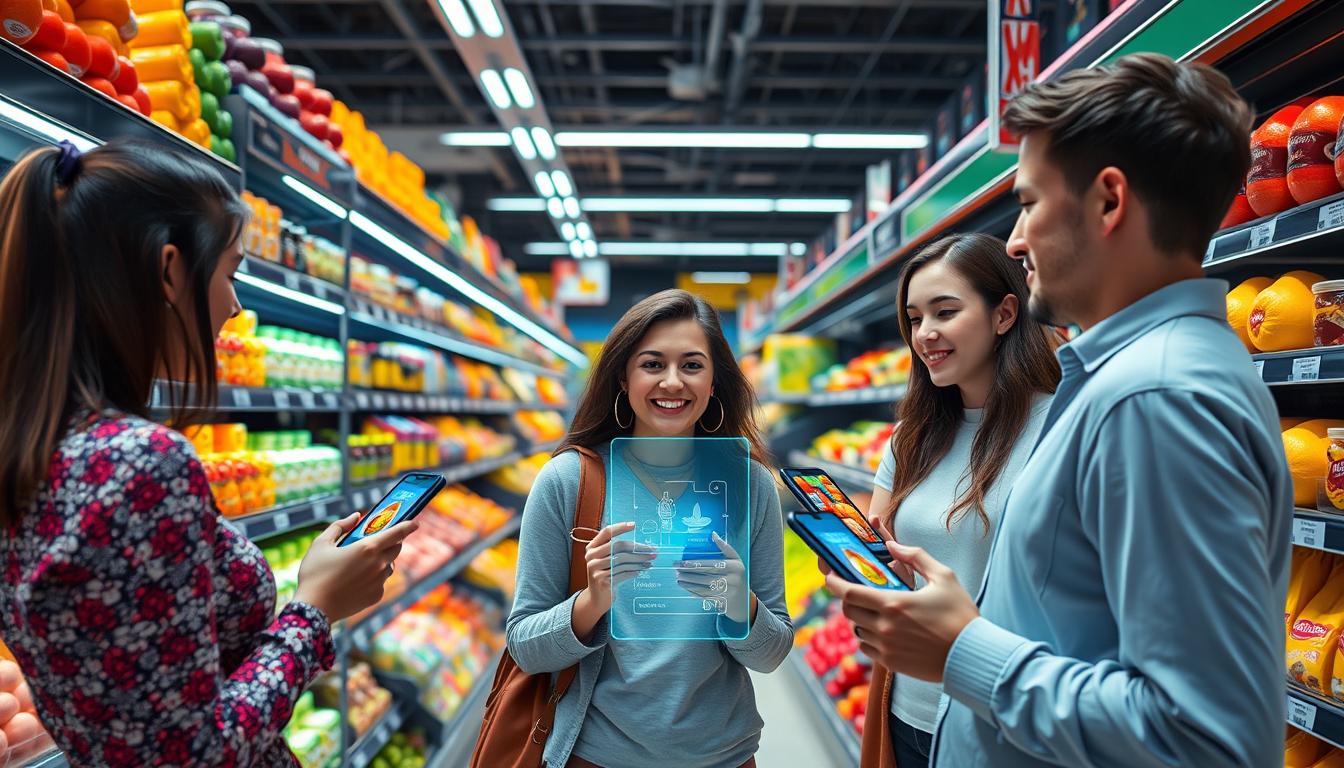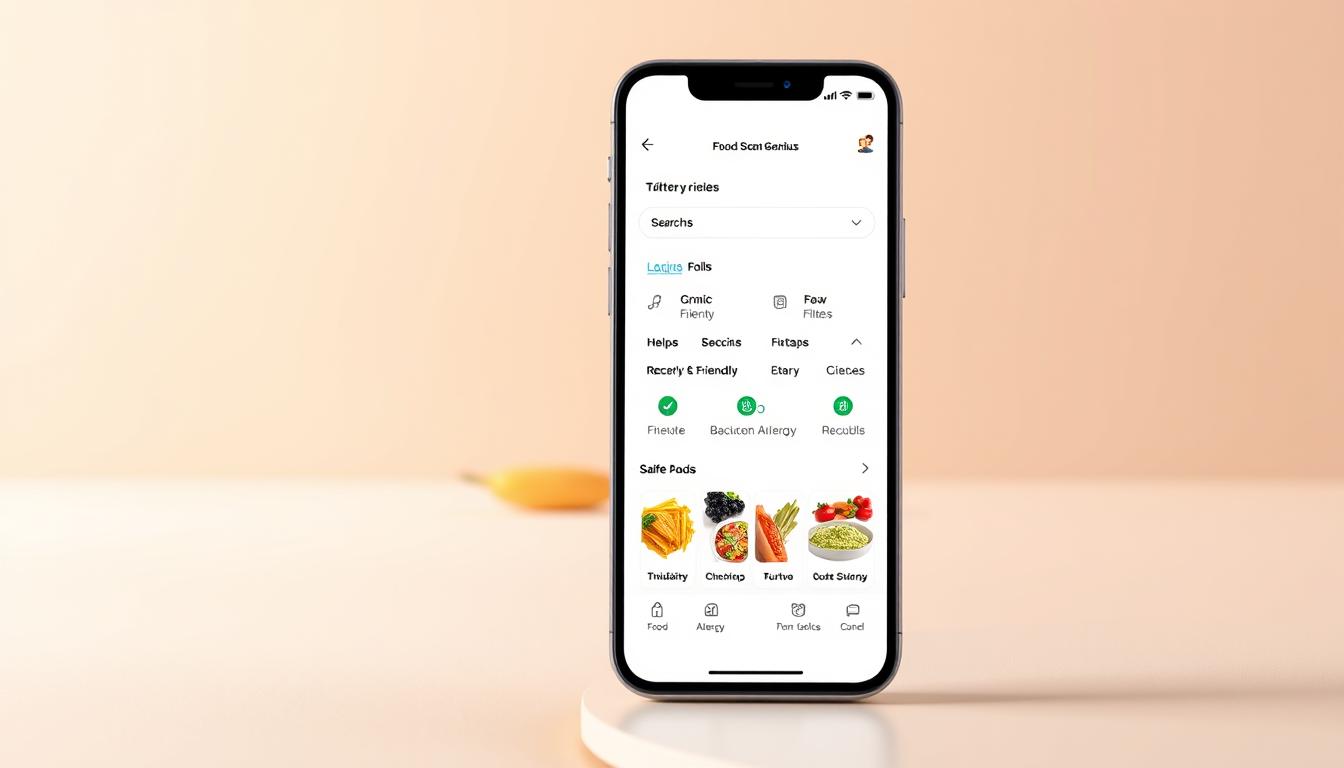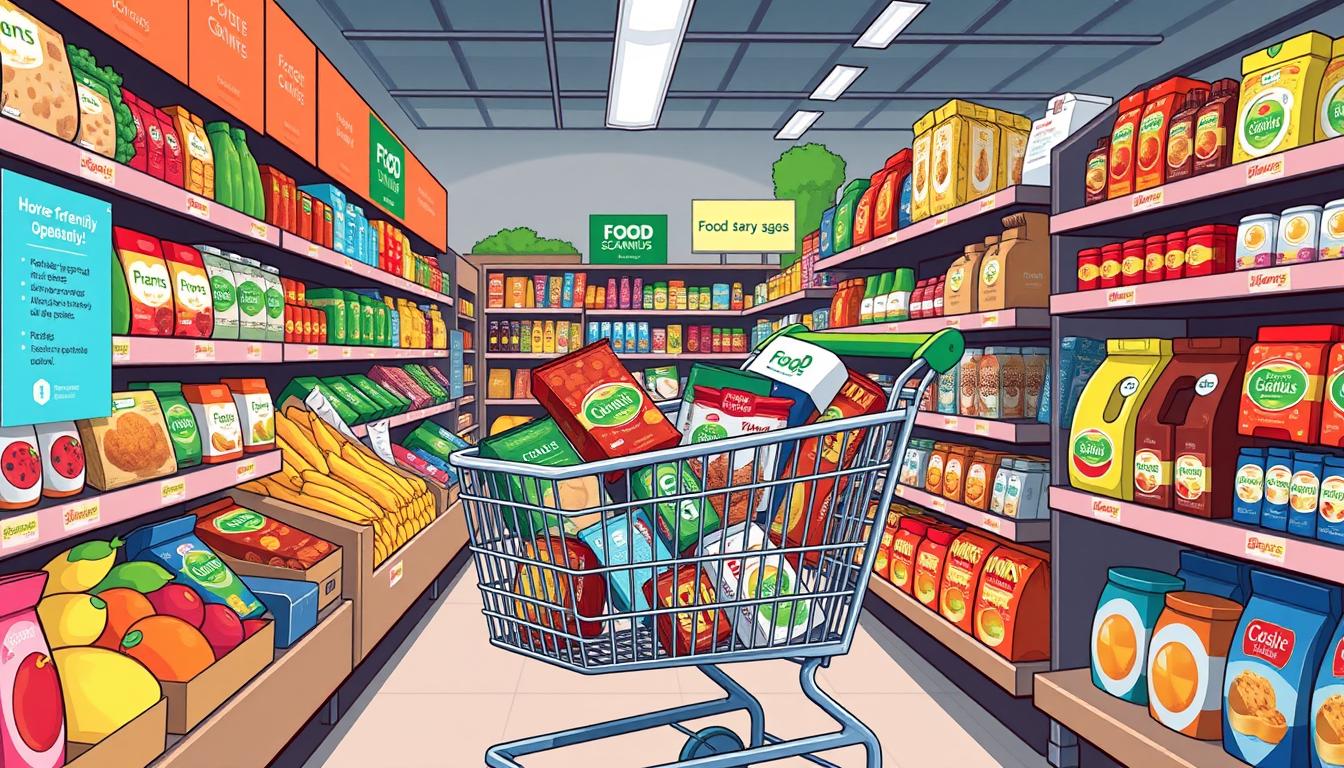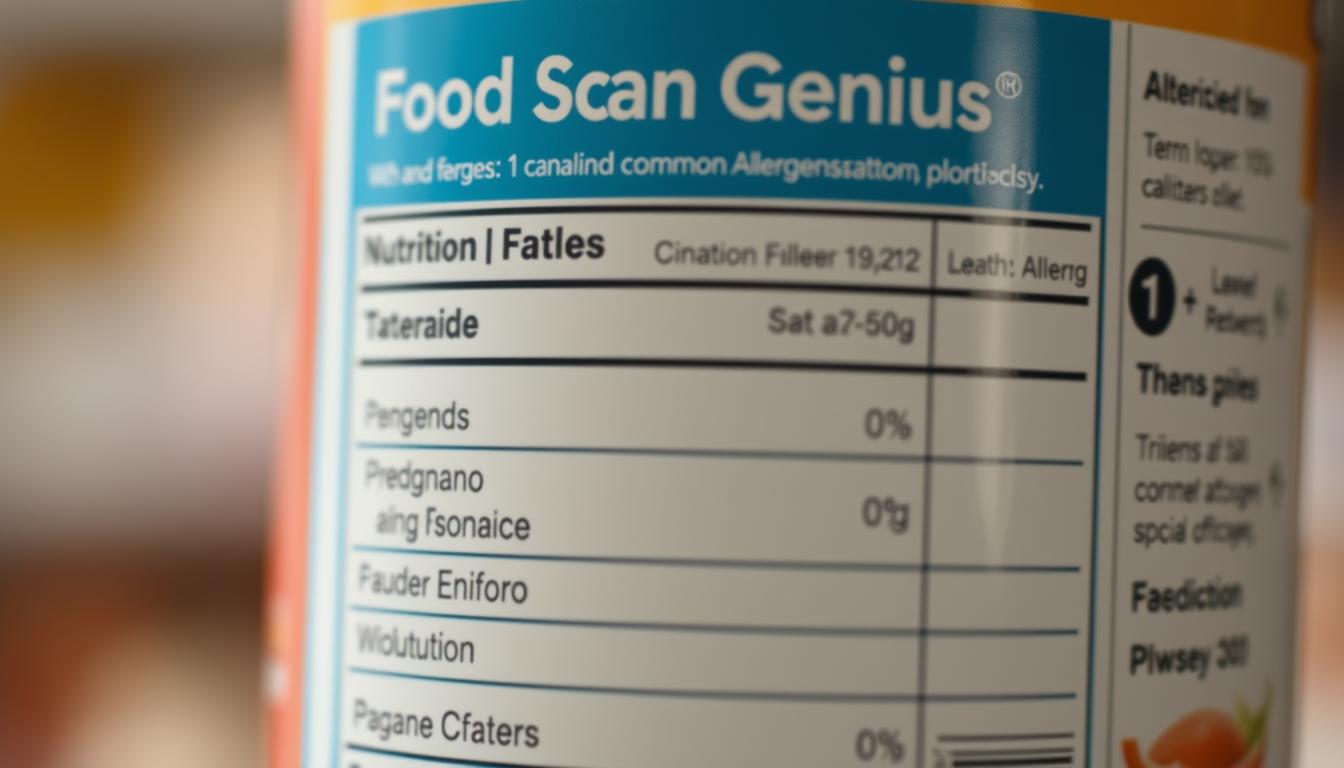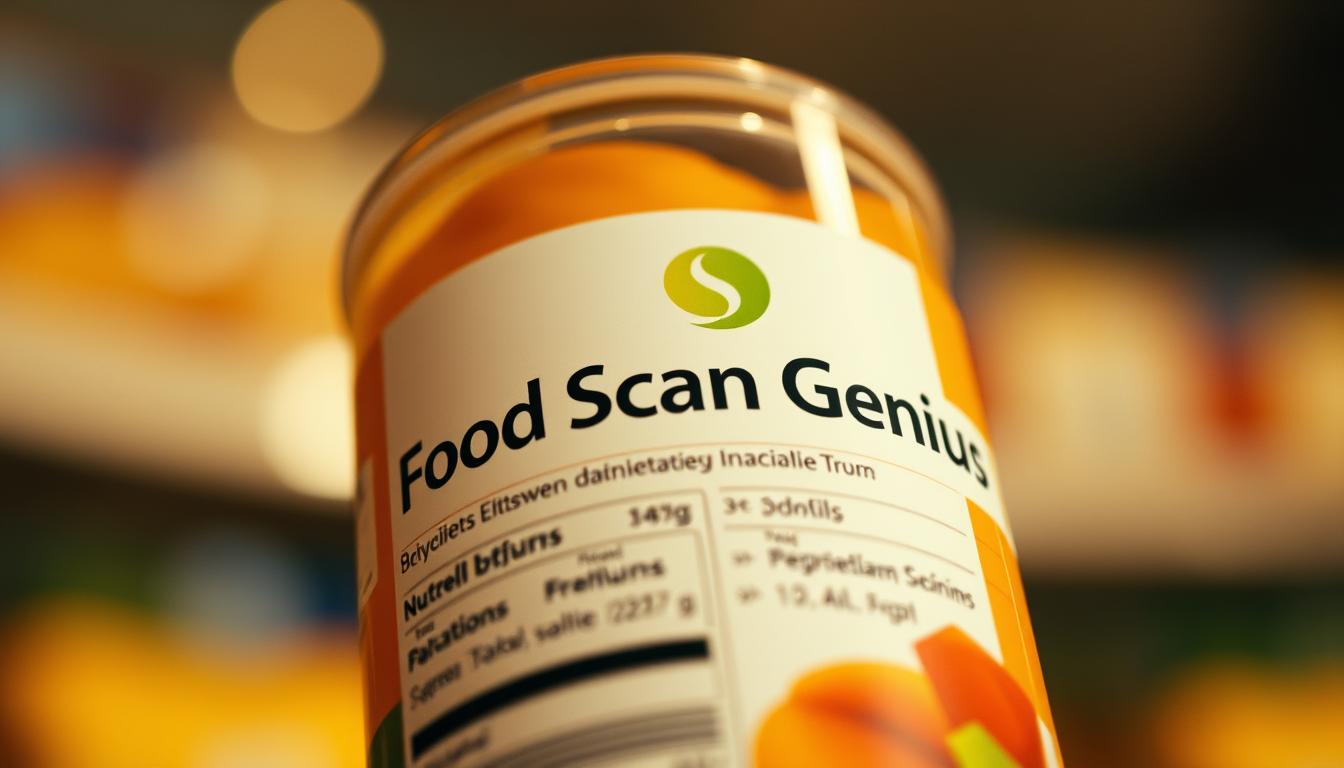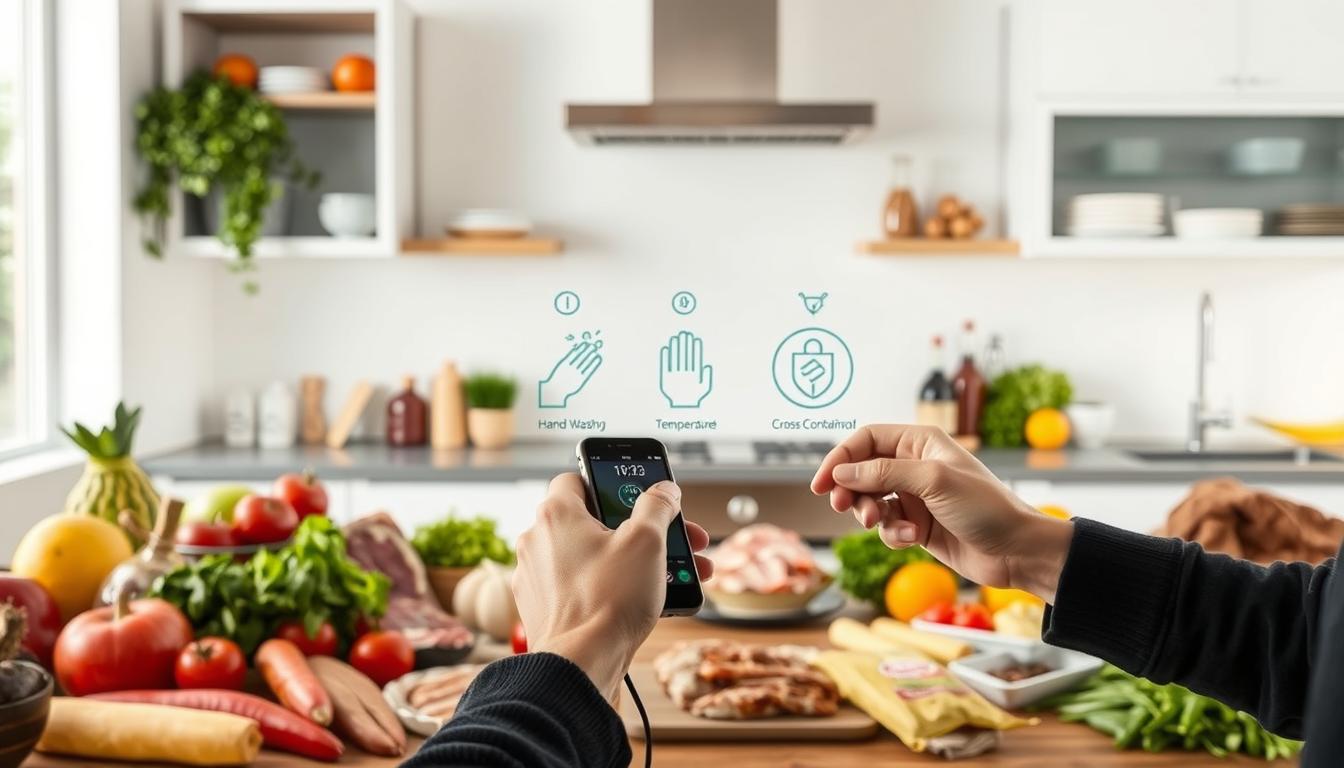Trick-or-Treating and Halloween Food Allergy Tips: 5 Strategies Beyond Teal Pumpkins Trick-or-treating can turn into a food allergy nightmare for many families. According to Northeastern Global News, nearly 8% of children in the U.S. have one or more food allergies. Classic Halloween staples—candy, chocolate, and baked treats—often contain hidden allergens like nuts, dairy, eggs, and wheat. For parents and caregivers, mastering Halloween food allergy tips is essential to keep celebrations safe, inclusive, and stress-free. While the teal pumpkin movement raises awareness about non-food treats, many families need additional strategies to empower children to manage their allergies confidently. In this comprehensive guide, we’ll explore five actionable Halloween food allergy tips—backed by medical expertise, authoritative research, and cutting-edge tools like Food Scan Genius. Whether you’re planning root beer floats or a neighborhood scavenger hunt, these insights will help you create a memorable, worry-free night. Key Takeaways Trick-or-treating poses significant risks for kids with food allergies; planning ahead is crucial. Teal pumpkins signal safe, non-food treats, but additional strategies enhance safety. Use tech tools like Food Scan Genius to scan ingredient labels in real time. Educate neighbors, carry allergy action plans, and confirm candy ingredients before consumption. Stay updated on research, resources, and support networks such as FARE and the CDC. Background: Food Allergies at Halloween Halloween is synonymous with candy—but for 32 million Americans with allergies, it can be anxiety-inducing. Peanuts, tree nuts, milk, eggs, wheat, soy, fish, and shellfish rank among the top food allergens. Cross-contact and mislabeling can happen anywhere, from mass-market chocolates to homemade cookies. The Centers for Disease Control and Prevention (CDC) reports that food allergies have increased by 50% in children over the last two decades. Halloween-focused marketing and bulk candy sales make allergen avoidance more complex. The Teal Pumpkin Project, initiated by Food Allergy Research & Education (FARE), encourages non-food treats to promote inclusivity. However, simply painting a pumpkin teal doesn’t fully address ingredient literacy, self-advocacy, or emergency preparedness. Understanding label regulations is vital. The U.S. Food and Drug Administration (FDA) mandates eight major allergens be declared on packaged foods, but advisory statements such as “may contain” are voluntary. Such loopholes can leave families uncertain. For many kids, Halloween marks the first time they manage food allergies outside home or school. Building self-confidence and knowledge about safe treats is as important as selecting peanut-free candy. Medical and Scientific Explanation of Food Allergies Food allergies stem from an immune system overreaction. When a sensitized individual consumes an allergenic protein, immunoglobulin E (IgE) antibodies bind to mast cells and basophils, releasing histamine and other mediators that cause hives, swelling, or anaphylaxis. Anaphylaxis is a severe, life-threatening reaction that can progress within minutes. Symptoms include airway constriction, drop in blood pressure, vomiting, and dizziness. Prompt administration of epinephrine is critical. The Mayo Clinic highlights that anyone with a history of anaphylaxis should carry two auto-injectors at all times. Research into oral immunotherapy (OIT) shows promise. A meta-analysis published by the National Institutes of Health (NIH) indicates that gradual exposure may raise the threshold for allergic reactions, though OIT is not yet widely accessible. Food allergy prevalence varies by age and geography. In the U.S., peanut and tree nut allergies are most common in children, while shellfish reactions often onset in adulthood. Regional candy factories may introduce cross-contact risks, underscoring the need for vigilance during Halloween. Impact on Individuals with Food Allergies Children with food allergies face social and psychological challenges. A survey from FARE found that 81% of parents worry about accidental exposure during celebrations. Fear of reactions can lead to isolation or reluctance to participate in festive events. Schools and community events are increasingly adopting allergen-safe policies, but private homes vary widely. A child may find one neighborhood fully “teal pumpkin” compliant, while another offers only standard candy bowls. Accidental exposure can result in emergency room visits. The cost of epinephrine auto-injectors and healthcare further compounds stress on families. According to an NIH economic study, annual direct medical costs for food-induced anaphylaxis exceed $500 million. Peer support and education are crucial. When neighbors and friends understand the seriousness of food allergies, kids feel more included. Empowering children with self-advocacy skills can transform Halloween from a worry-filled evening into an empowering adventure. Practical Halloween Food Allergy Tips Beyond painting pumpkins teal, consider these five strategies to ensure safe, fun trick-or-treating: Label Detective with Food Scan Genius: Use apps like Food Scan Genius to scan ingredient lists on packaged treats. The app’s allergen database highlights hidden dairy, nuts, or gluten in seconds. Pre-Sort the Haul: After trick-or-treating, sort candy into “safe,” “maybe,” and “discard” piles. Allow children control by letting them confirm each wrapper with you or via Food Scan Genius. Talk to Neighbors in Advance: Send flyers or notes explaining your child’s allergies and request allergy-friendly options. Provide stickers labeling safe items to reduce confusion. Carry an Allergy Action Kit: Include two epinephrine auto-injectors, antihistamines, emergency contact information, and a concise action plan endorsed by your child’s allergist. Safe Swap Party: Host or join a community “Safe Swap” post-trick-or-treat where kids exchange questionable candies for verified, allergy-friendly treats. Comparison of Common Halloween Candies Candy Common Allergens Teal Pumpkin Compatible Snickers Milk, Peanuts No Skittles None (Possible Cross-Contact) Yes Tootsie Roll Soy Yes Jolly Rancher None Yes Peanut Butter Cup Peanuts, Milk No Related Food Allergy Research and Developments Scientific advances continue to reshape food allergy management. Oral immunotherapy (OIT) trials for peanut allergies have shown desensitization in over 70% of pediatric participants. Researchers are exploring epicutaneous immunotherapy (EPIT) patches to reduce systemic exposure. Biologic medications, such as omalizumab, target IgE antibodies to mitigate severe reactions. A recent NIH-supported trial demonstrated omalizumab’s potential to allow safer OIT protocols. Labeling improvements are under legislative review. The Food Allergy Safety, Treatment, Education, and Research (FASTER) Act recently recognized sesame as the ninth major allergen, effective in 2023. Future bills aim to standardize advisory labeling for cross-contact risks. Emerging technologies like biosensors and portable analyzers promise real-time allergen detection. Companies are developing
How to navigate the fine print behind planet-friendly promises
Navigate the Fine Print Behind Planet-Friendly Promises Every day, we see labels like “eco-friendly,” “carbon neutral,” or “sustainably sourced” on the products we buy. But how can you tell which claims truly help the planet and which are just greenwashing? Navigating the fine print behind planet-friendly promises can feel overwhelming. In this guide, you’ll learn simple steps to read labels, check certifications, and use smart tools so you can shop with confidence. By the end, you’ll know exactly how to separate genuine sustainability efforts from marketing fluff—so you can make healthier, more informed choices for yourself and the Earth. Why Planet-Friendly Promises Matter to Today’s Consumers Shoppers are more conscious than ever about how their purchases affect the environment. According to a World Health Organization report on climate change and health, our food and product choices play a major role in global greenhouse gas emissions. Whether you’re buying groceries or household items, your decisions can help reduce pollution, conserve resources, and support ethical labor practices. But here’s the catch: without clear information, you can’t tell if a product truly lives up to its planet-friendly promise. “All-natural” could still involve heavy pesticide use. “Made with recycled materials” might be just 5% recycled content. Smart consumers need to dig into the fine print to avoid spending extra on products that don’t deliver real benefits. Protect ecosystems: Genuine eco-friendly products often use sustainable farming, forestry, or manufacturing. Reduce waste: Look for clear packaging claims like “100% recyclable” or “plastic-free.” Support fair labor: Certifications can show that workers receive fair wages and safe conditions. Learning to read the fine print helps you: Avoid greenwashing and false claims. Pick products aligned with your values. Save money by investing in quality, durable goods. Common Sustainability Claims and What They Really Mean Brands often highlight buzzwords that sound planet-friendly. But what do these terms actually guarantee? Claim Typical Meaning Questions to Ask Eco-Friendly May meet some environmental standards Which standards? Who verifies? Carbon Neutral Emissions calculated then offset Where are offsets from? Are they certified? Biodegradable Breaks down under ideal conditions What environment? How long? Organic No synthetic pesticides or GMOs USDA or other certification?
ScanGenius AI from Food Scan Genius
ScanGenius AI: Your Personal Food Detective in Your Pocket Are you tired of squinting at tiny ingredient lists? Confused about which foods truly match your dietary needs? Imagine having a brilliant nutritionist, chef, and food scientist all rolled into one – available 24/7 right on your smartphone. That’s exactly what ScanGenius AI in the Food Scan Genius app delivers, giving you unprecedented insight into everything you eat. Table of Contents Why ScanGenius AI in the Food Scan Genius App Will Transform Your Food Shopping Forever Your Personal Food Advisor: Tailored to Your Exact Needs Barcode Scanning Reimagined: Beyond Basic Information Point, Snap, Know: The Magic of Food Image Recognition Never Hear “Product Not Found” Again Discover Foods You’ll Love: Personalized Recommendations From Ingredients to Delicious Meals in Seconds Real People, Real Results: Success Stories Premium Access: Unlock Your Food Freedom Today The Science That Makes It Possible What’s Next: The Future of ScanGenius AI Why ScanGenius AI in the Food Scan Genius App Will Transform Your Food Shopping Forever In a world of Yuka, Open Food Facts, and other basic food scanning apps, Food Scan Genius stands alone. While others simply show you what’s in your food, ScanGenius AI in the Food Scan Genius app helps you understand what it means for YOU specifically. ScanGenius AI in the Food Scan Genius app is the world’s first truly intelligent food assistant – not just a database, but a thinking partner that understands your unique dietary profile and helps you navigate the complex world of food choices with confidence and ease. I used to spend hours researching ingredients and comparing products,” says Sarah, a Food Scan Genius premium user. Now I just ask ScanGenius AI in the Food Scan Genius app and get instant, personalized answers. It’s like having a nutritionist with me every time I shop!” The Only Food AI You’ll Ever Need Forget juggling multiple apps or searching the internet for answers. ScanGenius AI in the Food Scan Genius app handles it all: Instant analysis of any food product through barcode scanning Visual recognition of foods through your camera Personalized recommendations based on YOUR preferences Custom recipe suggestions using ingredients you already have Real-time answers to any food-related question ScanGenius AI in the Food Scan Genius app analyzing a food product with personalized insights displayed on screen Your Personal Food Advisor: Tailored to Your Exact Needs What truly sets ScanGenius AI in the Food Scan Genius app apart is its ability to understand and remember YOUR specific dietary preferences. Unlike other apps that force you into rigid categories, Food Scan Genius lets you set up a personalized profile that’s as unique as you are. Set It Once, Benefit Forever Simply set your preferences once in the Food Scan Genius app, and ScanGenius AI remembers everything: Food allergies and sensitivities Dietary patterns (keto, vegan, paleo, etc.) Ingredients you prefer to avoid Nutritional goals (low sodium, high protein, etc.) Ethical preferences (organic, fair trade, etc.) Every scan, every recommendation, and every answer is then perfectly tailored to YOUR needs – not generic advice for the masses. Beyond Basic Restrictions ScanGenius AI in the Food Scan Genius app doesn’t just help you avoid problematic foods – it actively helps you discover better options. Whether you’re managing a medical condition, training for athletic performance, or simply trying to eat healthier, ScanGenius AI becomes your personal food coach. As someone with celiac disease and multiple food sensitivities, shopping used to be stressful and time-consuming,” explains Michael, a premium subscriber. ScanGenius AI in the Food Scan Genius app has given me back hours of my life and introduced me to dozens of new products I can actually eat and enjoy! Barcode Scanning Reimagined: Beyond Basic Information Barcode scanning isn’t new – but what ScanGenius AI in the Food Scan Genius app does with that information absolutely is. When you scan a product with Food Scan Genius, you’re not just getting a list of ingredients; you’re starting a conversation. Instant Compatibility Check The moment you scan a product, ScanGenius AI in the Food Scan Genius app instantly analyzes it against your personal profile and gives you a clear answer: is this right for YOU? But that’s just the beginning. Tap the AI icon on the product details screen, and you can ask anything: “What makes this product high in protein?” Is this amount of sugar concerning for someone watching their blood glucose? “How does the sodium content compare to similar products?” What exactly is ‘natural flavor’ in this ingredient list?” Hidden Ingredient Detection ScanGenius AI in the Food Scan Genius app is trained to spot potentially problematic ingredients that might be hiding under unfamiliar names. For example, it knows that “hydrolyzed wheat protein” contains gluten and will flag it for users with celiac disease – something you might miss when scanning labels manually. ScanGenius AI in the Food Scan Genius app identifying hidden allergens in a product ingredient list Point, Snap, Know: The Magic of Food Image Recognition No barcode? No problem! ScanGenius AI in the Food Scan Genius app’s advanced image recognition can identify thousands of food items just from a photo. From Produce to Prepared Foods Simply point your camera at: Fresh fruits and vegetables Bulk bin items without packaging Restaurant meals Homemade dishes Foods with damaged or missing barcodes ScanGenius AI in the Food Scan Genius app will identify the food and provide nutritional information, compatibility with your diet, and even recipe suggestions – all personalized to your preferences. Cultural Food Knowledge Traveling abroad or exploring new cuisines? ScanGenius AI in the Food Scan Genius app recognizes traditional dishes from around the world and can help you navigate unfamiliar foods while respecting your dietary needs. I was at an international market and found so many interesting products without English labels,” shares Priya, a premium user. I just took photos with the app, and ScanGenius AI in the Food Scan Genius app identified everything, telling me which items fit my vegetarian diet. It was
Finding Allergy-Friendly Options Made Easy with Food Scan Genius
“Finding allergy-friendly options in stores made easy with Food Scan Genius. Your AI shopping assistant is here!”
Importance of Food Allergy Awareness: We’ve Got You Covered!
Learn about the importance of food allergy awareness and download the Food Scan Genius app—your AI shopping buddy for safe eating. iOS & Android users, rejoice! 🎉
How to Spot Hidden Allergens in Products with Food Scan Genius
Struggling to find hidden allergens in your groceries? Learn how to identify hidden allergens in products made easy with Food Scan Genius. Download the app now for iOS & Android!
Discover Gluten-Free Products Easily with This Scanner
Find safe food options instantly with our gluten-free scanner app. Scan barcodes, check ingredients, and discover trusted products while shopping. Perfect for celiac and gluten-sensitive individuals
Reading Food Packaging for Allergens Made Easy – Food Scan Genius
Reading food packaging for allergens made easy with Food Scan Genius. Your AI shopping assistant—download now on iOS & Android!
Reading Ingredient Labels for Food Allergies While Shopping
Learn how to read ingredient labels for food allergies while shopping with our expert guide. Download Food Scan Genius app for iOS & Android today! 📱 https://food.scangeni.us
Discover Your Food Allergies with Our Accurate Scanner
Protect your health with our advanced food allergy scanner that instantly detects allergens in meals. Get accurate results and peace of mind when dining at home or restaurants



